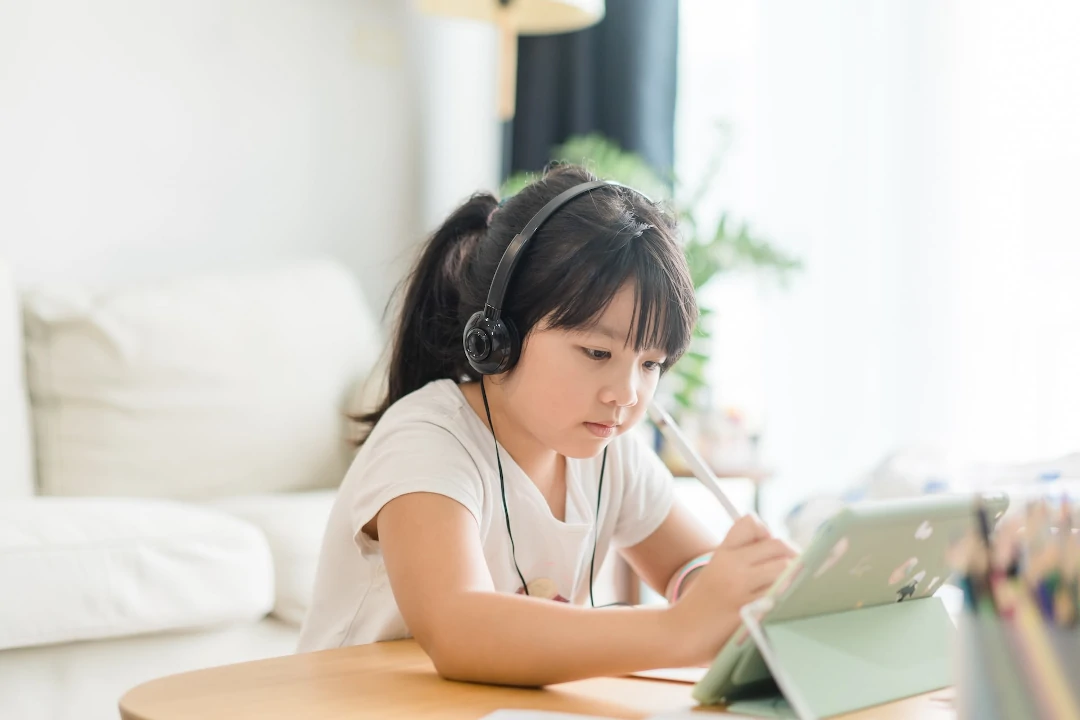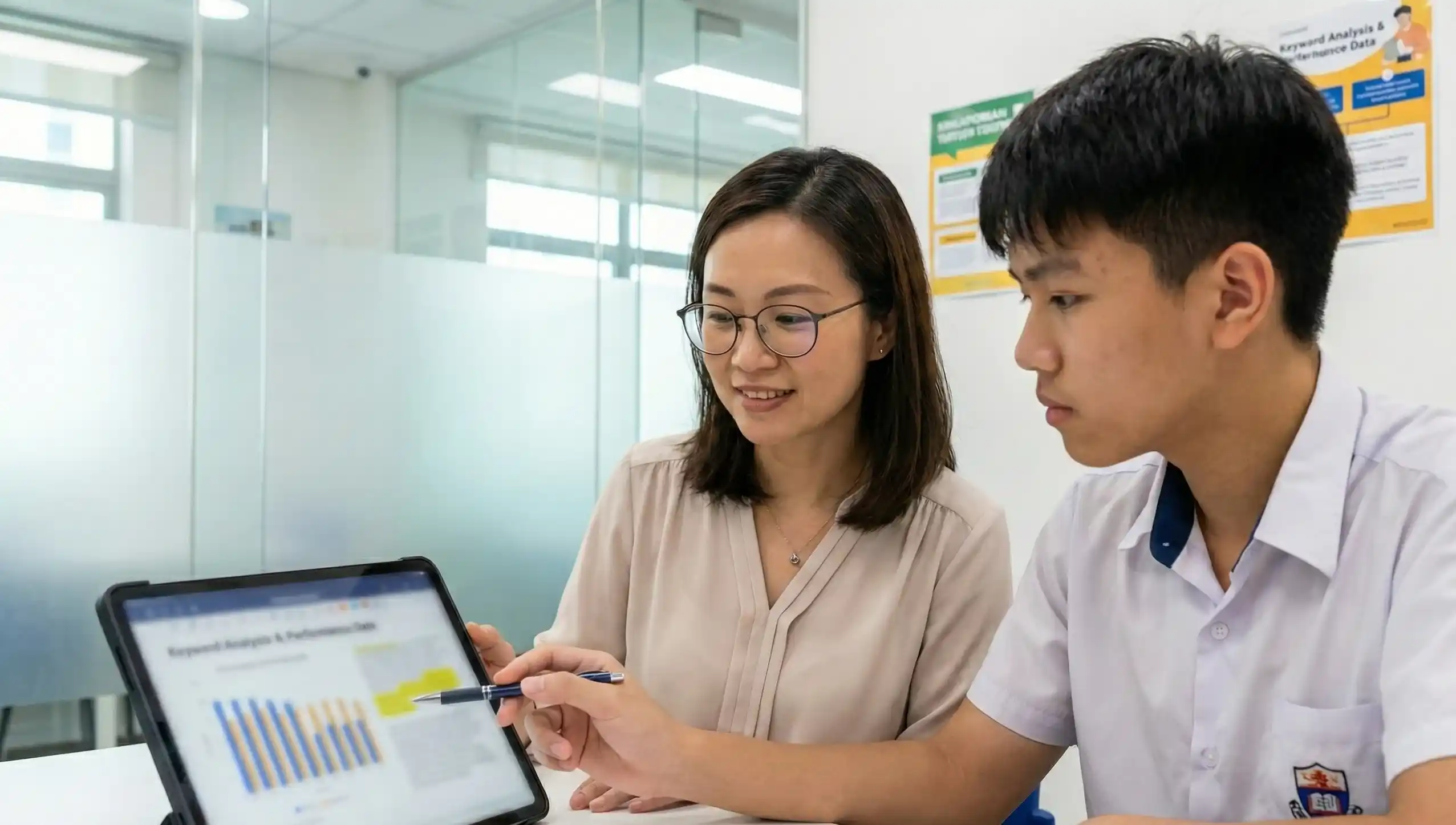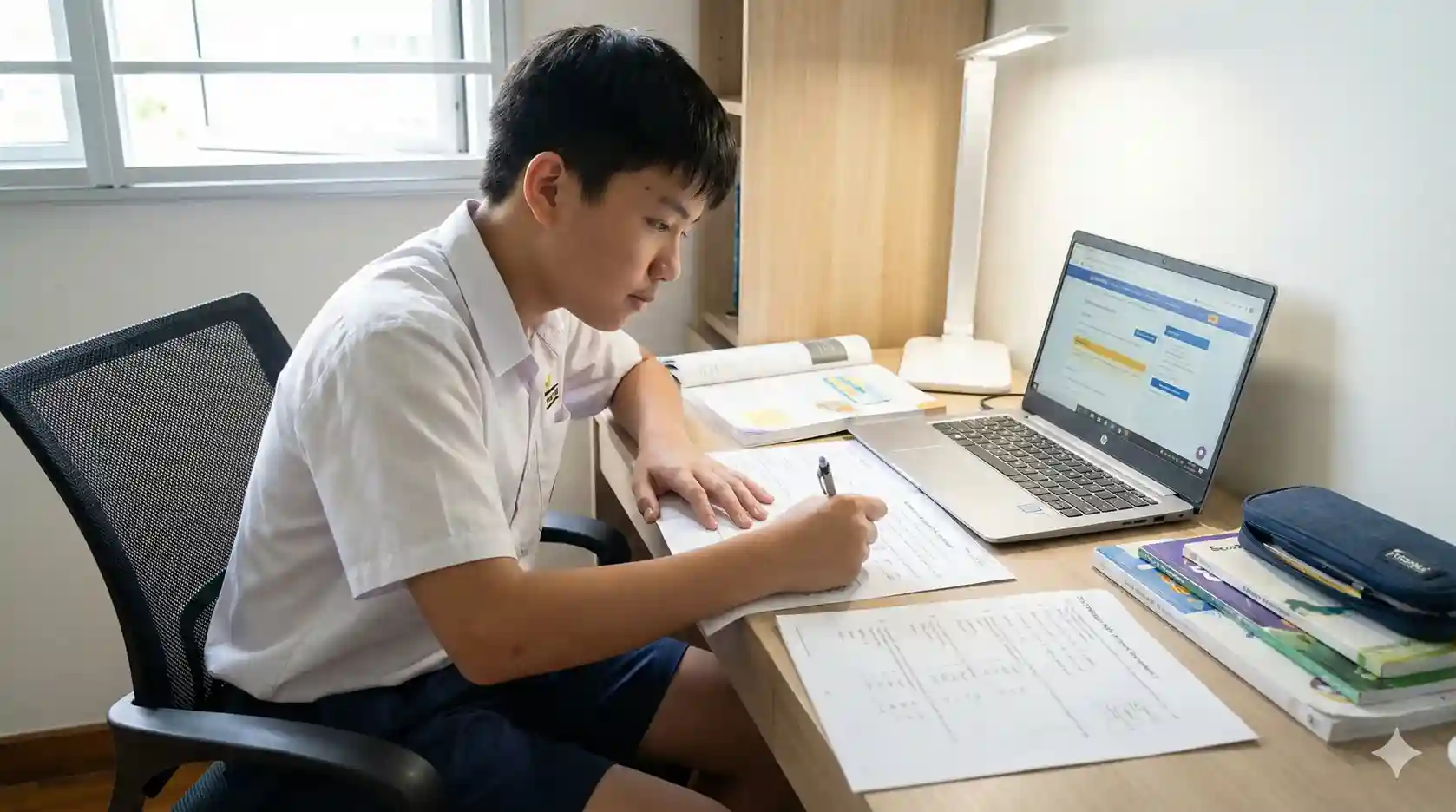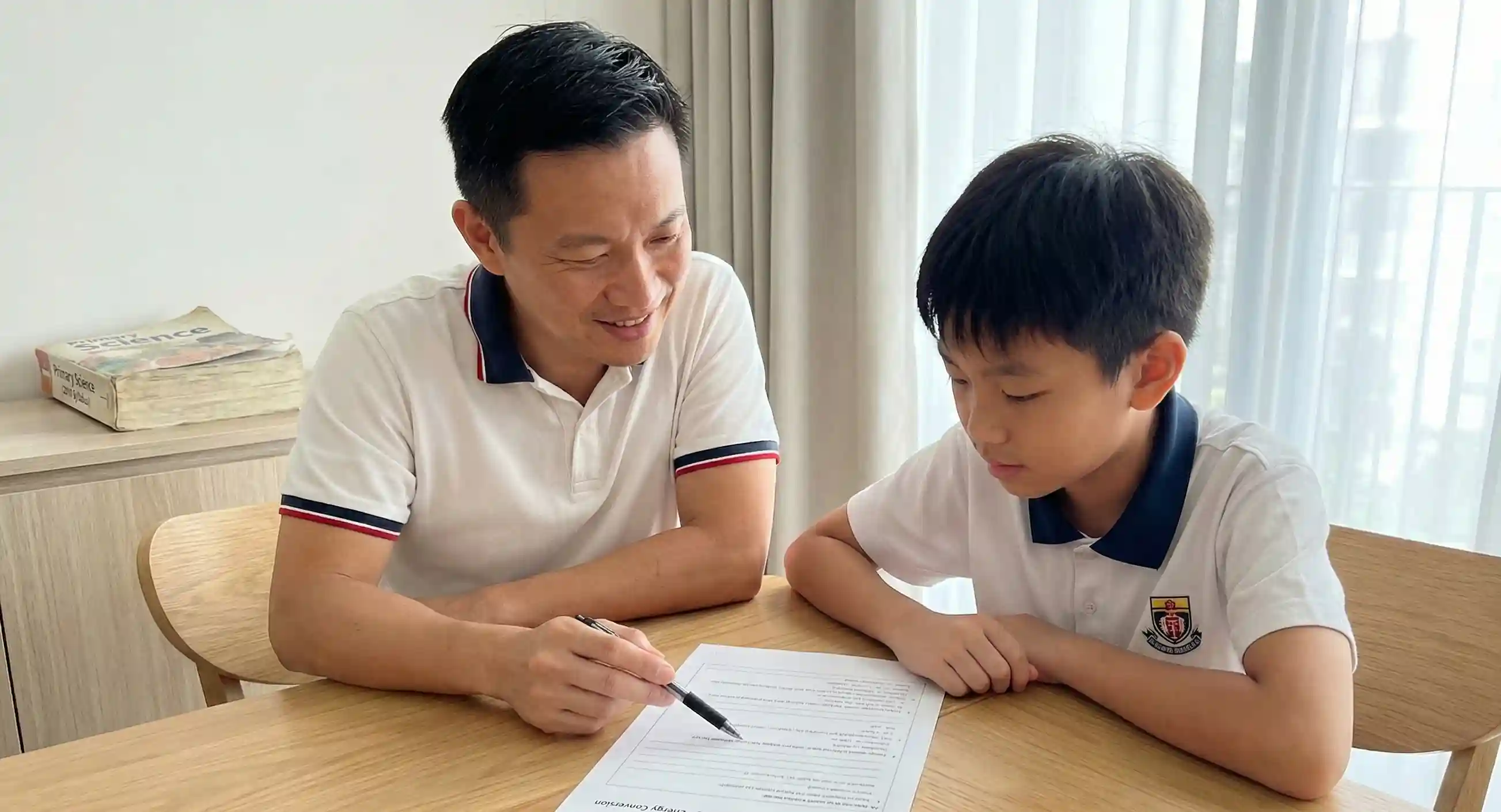Can online learning be made as effective as classroom learning?

The classroom has been the traditional venue of education for thousands of years. With the development of computers and the internet however, online learning as a concept is becoming more normalised than ever before.
While it’s not a perfect 1:1 substitute for classroom learning, online classes do offer several unique advantages for learners, including convenience, flexibility, and personalisation. Some studies have indicated higher retention and improved outcomes with online courses as a result.
With that said, there are some best practices to follow to ensure that each student gets the most out of online learning. Here are five ways for students to make online learning as effective as doing so in classrooms, if not even more so.
1: Emphasising Self-directed Learning
In face-to-face classes, teachers often impart information to students in a top-down manner, going through topics and rarely stopping to recap lessons that were already taught. The students’ level of comprehension - which usually means their ability to absorb the given facts from the lessons - is then gauged later in exams and interactions.
In contrast, online learning emphasises the concept of self-directed learning by giving students access to educational materials and having them decide how best to manage their own studies. In addition, online learning also consists of guided live discussions and personal time with lecturers, making the child the centre of the curriculum in this approach.
For the student, this enhances problem-solving and communication skills, leading to greater self-confidence in tackling the syllabus.
2: Progress and Performance Tracking
Online learning can offer superior ways to measure a student’s progress and performance, whether exclusively for online activity or holistically in combination with a classroom model. These measurements are an essential feature of education.
There are several metrics that allow for accurate measurements, such as module completion rates, individual versus group performance, student satisfaction feedback, and other assessment forms. In terms of online learning, there is also the option of using regular tests, exams and quizzes to track achievements, all of which measures comprehension and participation.
For educators, these online assessments and measurements mean that they can fine-tune their learning methods, and help them find out what is working and what is not. They can also course-correct their methods of teaching accordingly to help students perform better in their studies.
Whichever option they prefer, the effective use of these methods will go a long way in creating a superior learning environment.
3: Creating Discipline and Motivation
Self-discipline is a key factor for students to get the most from online education and self-directed learning, and also helps them to do well later in life. Parents and instructors will therefore do well to nurture the habit of self-discipline regularly.
When there is a combination of live online classes and recorded sessions, students need to set proper schedules for themselves. These should include a breakdown of important assignments and exams, both in terms of the time needed and the deadlines, with healthy breaks to recharge. Time management is therefore a valuable skill that should be learned sooner rather than later.
If done right, having a schedule centred around online learning offers greater flexibility for students, who can choose times and locations to create an ideal learning environment for themselves. With self-directed learning, students can determine their own learning needs and take the initiative to create personal strategies around them.
4: Maintaining Human Interactions and Building a Like-minded Community
With face-to-face learning, students are able to make friends, interact with peers, and form communities with each other. Such behaviour is an invaluable part of the educational process. In one study, students with a high degree of interaction performed better than students in the same online course with only a moderate level of interaction.
Online learning does hamper this aspect somewhat, but similar activities can be made possible through video, audio, and chat applications. These can supplement offline interactions and sometimes even replace them.
Ideally, the student’s lesson schedule should include and promote such interactions. Projects could include student-to-student collaborations, group discussions, and joint presentations. It’s also possible to induce more student-to-student interaction discussion boards, creating quiz teams, and using chat rooms.
Regardless of how the interactions take place, a thoughtful balance between individual study sessions and collaborations with other students will achieve the best results.
5: Making the Best Use of Technology
The spread of high-speed Internet and technology such as 5G is enabling students to access better methods of online education. While live classes and web-based assignments will remain the norm, other advancements in technology promise to transform the way online education is conducted.
Augmented Reality (AR) is one such example. In AR, a computer-generated image can be superimposed on a student’s view of the world by adding video, graphics, and sound. Students can use an AR capable device, such as their smartphones, to view questions and demonstrations in new and interesting ways, making the learning experience more immersive as a result.
Similarly, recent developments in machine learning has enabled the use of AI for a myriad of functions in education, from identifying topical strengths and weaknesses, to disseminating customised worksheets (like GenieSmart) and monitoring students’ performance in real-time. With Artificial Intelligence, Machine Learning and Big Data, online educational courses can be streamlined and redesigned for maximum benefit.
At Geniebook, we pride ourselves on using technological innovations to accelerate learning in the online space. To find out more about how your child can take advantage, contact us today, or click the banner below for a complimentary strengths analysis for your child.



 SG
SG  VN
VN 



















